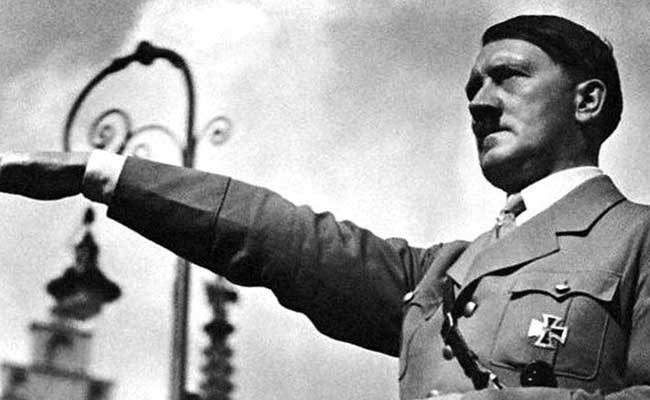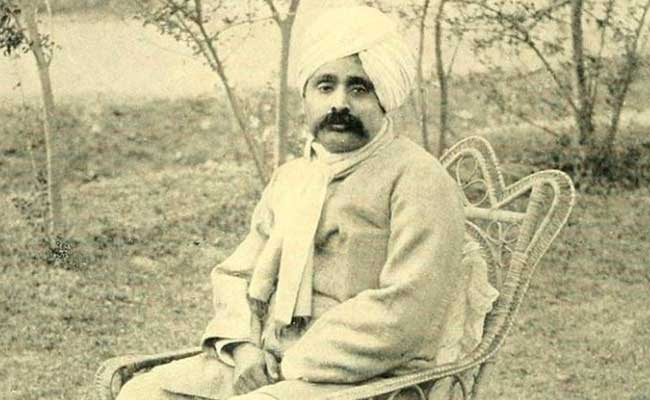Adolf Hitler: The Rise and Fall of a Dictator
Adolf Hitler is perhaps one of the most controversial and reviled figures in modern history. His reign as the leader of Nazi Germany during the 1930s and 40s led to the deaths of millions of people and the devastation of much of Europe. But who was this man, and how did he come to power?
Early Life
Adolf Hitler was born on April 20, 1889, in the Austrian town of Braunau am Inn. His father was a customs official, and his mother was a housewife. Hitler was an average student in primary school, but he did well in art, which he continued to pursue throughout his life.
In 1905, at the age of 16, Hitler dropped out of school and moved to Vienna, hoping to become an artist. He applied to the Academy of Fine Arts Vienna twice but was rejected both times. It was during his time in Vienna that Hitler began to develop his anti-Semitic beliefs, which would later become a central tenet of his political ideology.
Hitler in World War I
In 1914, Hitler moved to Munich, and when World War I broke out later that year, he eagerly enlisted in the German army. He served as a messenger on the Western Front and was wounded twice. During his time in the army, Hitler received the Iron Cross for bravery.
After the war, Hitler remained in the army and was tasked with spying on political groups that were considered a threat to the government. It was during this time that he became interested in politics and began attending meetings of the German Workers’ Party, which later became the Nazi Party.
The Rise to Power
In 1923, Hitler and the Nazi Party attempted to seize power in what became known as the Beer Hall Putsch. The coup failed, and Hitler was sentenced to five years in prison. While in prison, Hitler wrote Mein Kampf, a book outlining his political ideology and vision for Germany. The book became a bestseller and helped to spread Nazi ideology throughout the country.
When Hitler was released from prison in 1924, he resumed his leadership of the Nazi Party. Over the next few years, he worked to consolidate power and build a base of support. In 1933, he was appointed chancellor of Germany, and by 1934, he had assumed dictatorial control of the country.
The Holocaust
One of the most horrific aspects of Hitler’s rule was the Holocaust, the systematic extermination of Jews and other minorities. The Holocaust began in 1933 with the passing of laws that deprived Jews of their civil rights, and it escalated with the Kristallnacht pogrom in 1938. In 1941, Hitler authorized the “Final Solution,” a plan to exterminate all Jews in Europe.
Over the next few years, millions of Jews were rounded up and sent to concentration camps, where they were either worked to death or killed in gas chambers. The Holocaust also targeted other minority groups, including homosexuals, Roma people, and people with disabilities. In total, it is estimated that the Holocaust claimed the lives of six million Jews and millions of others.
The End of the War
By 1945, Germany was losing the war, and Hitler’s hold on power was slipping. On April 30, 1945, Hitler committed suicide in his bunker in Berlin as Allied forces closed in on the city. A week later, Germany surrendered, and World War II came to an end.
Legacy
Adolf Hitler’s legacy is one of death, destruction, and evil. He was responsible for the deaths of millions of people and the devastation of much of Europe.
![]()





